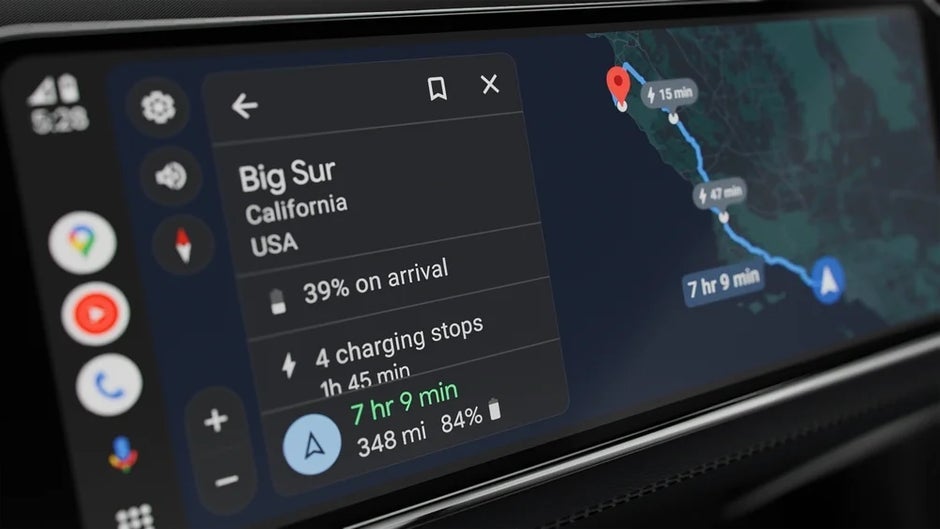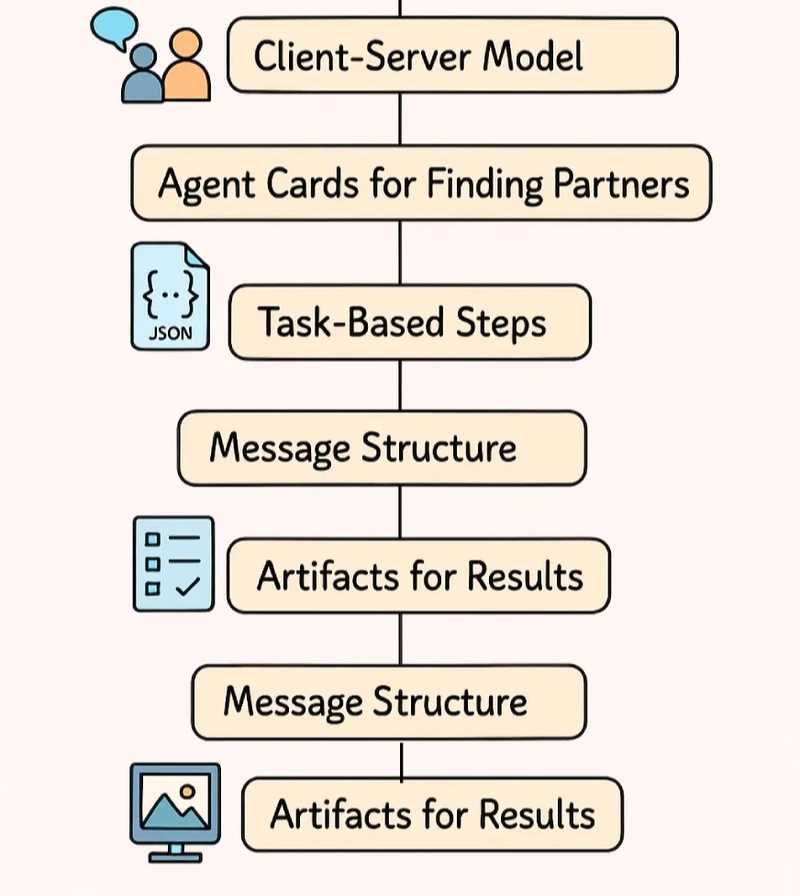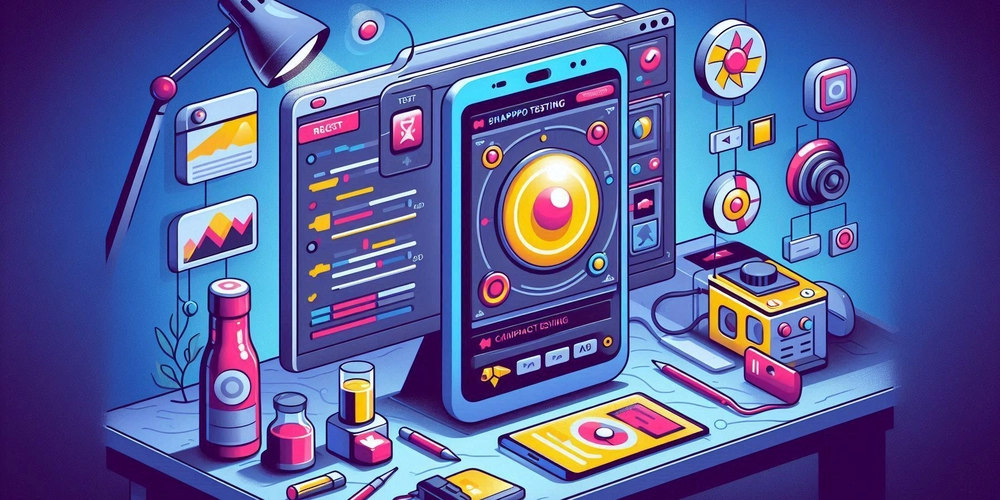A Practical Guide to Agent-to-Agent (A2A) Protocol
Google recently introduced the Agent-to-Agent (A2A) Protocol, and it’s already making waves in the AI space. From travel planning to enterprise automation, real-world use cases are popping up fast. Over 50 tech partners—including MongoDB, Atlassian, SAP, PayPal, and Cohere—have already adopted it, highlighting just how impactful A2A is becoming. As an AI enthusiast, I spent the weekend exploring A2A, and in this article, I’ll break down what I’ve learned. To keep things simple, I’ve split it into two parts: Theory – What A2A is, how it works, and why it matters. Practical – How to build with A2A and integrate MCP to connect tools and data sources seamlessly. So, let’s begin. What is A2A Source : Github A2A stands for Agent-to-Agent protocol. It is designed to enable different, specialized AI agents to communicate directly with each other, delegate tasks, and work together as a team. For example, it allows a main agent (like a personal assistant) to act as a project manager, coordinating a team of specialist agents This solves the problem of current ai agents working in isolation and opens up new ways & possibilities to build complex multi agentic system. It is built on 5 key principles (from docs itself): Simple: Reusing existing standards (HTTP, JSON-RPC, SSE, Push Notify) Enterprise Ready: Built in Auth, Security, Privacy, Tracing, Monitoring Support Async First: Can handle (Very) Long running-tasks while providing meaningful updates. Modality Agnostic: Supports wide range of modalities: text, audio/video, forms, Iframe,, etc. Opaque Execution: Agents do not have to share thoughts, plans, or tools. Think of it as creating a standard way for AI agents to introduce themselves, share what they can do, and work together on tasks. Now let’s look at components that make up A2A Components of A2A Protocol Before understanding how the A2A works, it's important to know the core components that powers it. These are the core components of A2A: Client - Server Model: The A2A works on client server architecture, where client (agent) asks for a task to be done and server (specialized agent/ tool) does the task. However, roles can keep changing during the task flow Agent Cards: Agent Cards are json file that act as an agent's profile. It lists down id name job type securtiy details , mcp support and much more. It helps in agent discovery by client. Task: A Task is the main unit of work and moves through clear stages —submitted, working, input-required, completed, failed, or cancelled. This helps to manage progress and workflow. Message Structure: Inside the task, agents talk using messages. Message contains parts which consist of the actual content (multimodal). Artifacts: The output of the task is delivered through artifacts. Artifacts are structured results to ensure final output is consistent and easy to use.
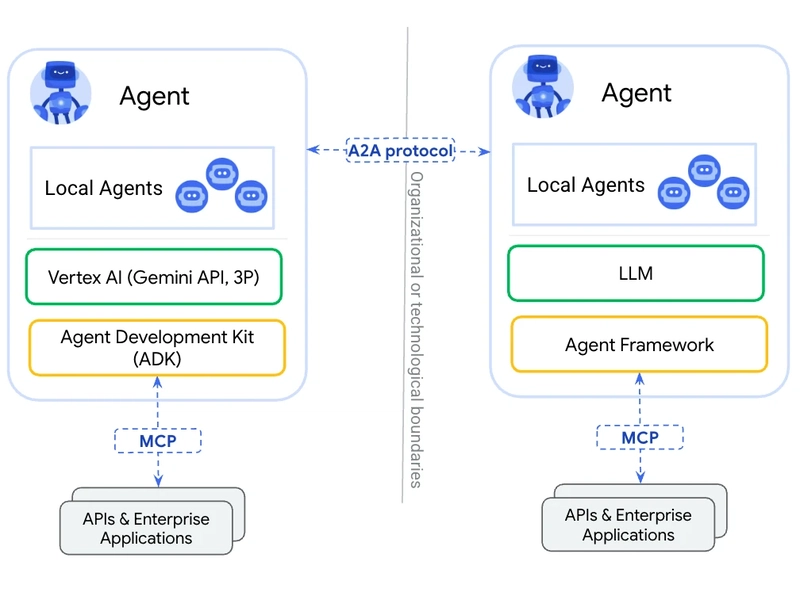
Google recently introduced the Agent-to-Agent (A2A) Protocol, and it’s already making waves in the AI space. From travel planning to enterprise automation, real-world use cases are popping up fast.
Over 50 tech partners—including MongoDB, Atlassian, SAP, PayPal, and Cohere—have already adopted it, highlighting just how impactful A2A is becoming.
As an AI enthusiast, I spent the weekend exploring A2A, and in this article, I’ll break down what I’ve learned.
To keep things simple, I’ve split it into two parts:
- Theory – What A2A is, how it works, and why it matters.
- Practical – How to build with A2A and integrate MCP to connect tools and data sources seamlessly.
So, let’s begin.
What is A2A
Source : Github
A2A stands for Agent-to-Agent protocol. It is designed to enable different, specialized AI agents to communicate directly with each other, delegate tasks, and work together as a team.
For example, it allows a main agent (like a personal assistant) to act as a project manager, coordinating a team of specialist agents
This solves the problem of current ai agents working in isolation and opens up new ways & possibilities to build complex multi agentic system.
It is built on 5 key principles (from docs itself):
- Simple: Reusing existing standards (HTTP, JSON-RPC, SSE, Push Notify)
- Enterprise Ready: Built in Auth, Security, Privacy, Tracing, Monitoring Support
- Async First: Can handle (Very) Long running-tasks while providing meaningful updates.
- Modality Agnostic: Supports wide range of modalities: text, audio/video, forms, Iframe,, etc.
- Opaque Execution: Agents do not have to share thoughts, plans, or tools.
Think of it as creating a standard way for AI agents to introduce themselves, share what they can do, and work together on tasks.
Now let’s look at components that make up A2A
Components of A2A Protocol
Before understanding how the A2A works, it's important to know the core components that powers it.
These are the core components of A2A:
- Client - Server Model: The A2A works on client server architecture, where client (agent) asks for a task to be done and server (specialized agent/ tool) does the task. However, roles can keep changing during the task flow
-
Agent Cards: Agent Cards are json file that act as an agent's profile. It lists down
idnamejobtypesecurtiy details,mcp supportand much more. It helps in agent discovery by client. - Task: A Task is the main unit of work and moves through clear stages —submitted, working, input-required, completed, failed, or cancelled. This helps to manage progress and workflow.
- Message Structure: Inside the task, agents talk using messages. Message contains parts which consist of the actual content (multimodal).
- Artifacts: The output of the task is delivered through artifacts. Artifacts are structured results to ensure final output is consistent and easy to use.


















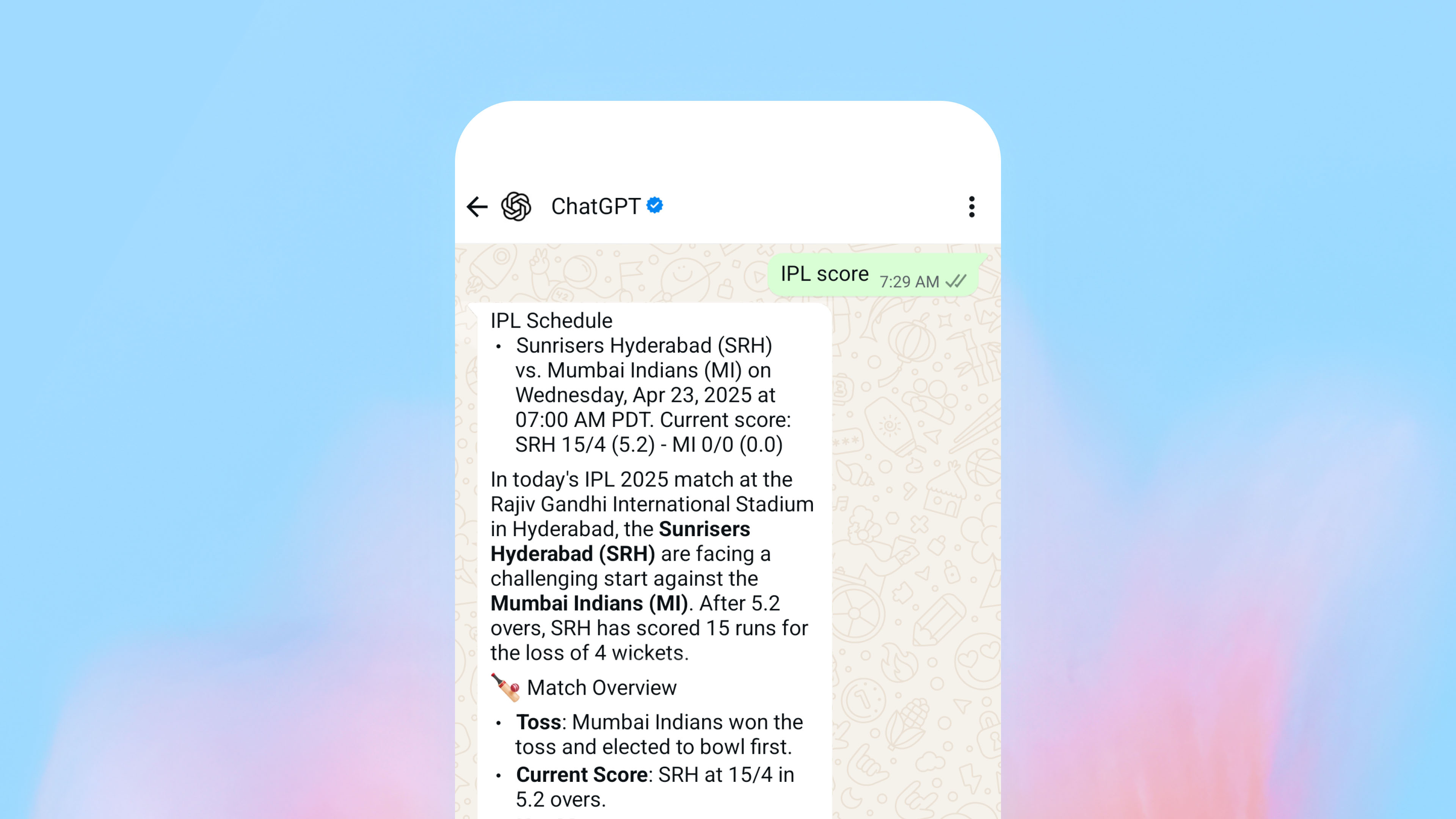
















































































































































![[The AI Show Episode 145]: OpenAI Releases o3 and o4-mini, AI Is Causing “Quiet Layoffs,” Executive Order on Youth AI Education & GPT-4o’s Controversial Update](https://www.marketingaiinstitute.com/hubfs/ep%20145%20cover.png)















































































































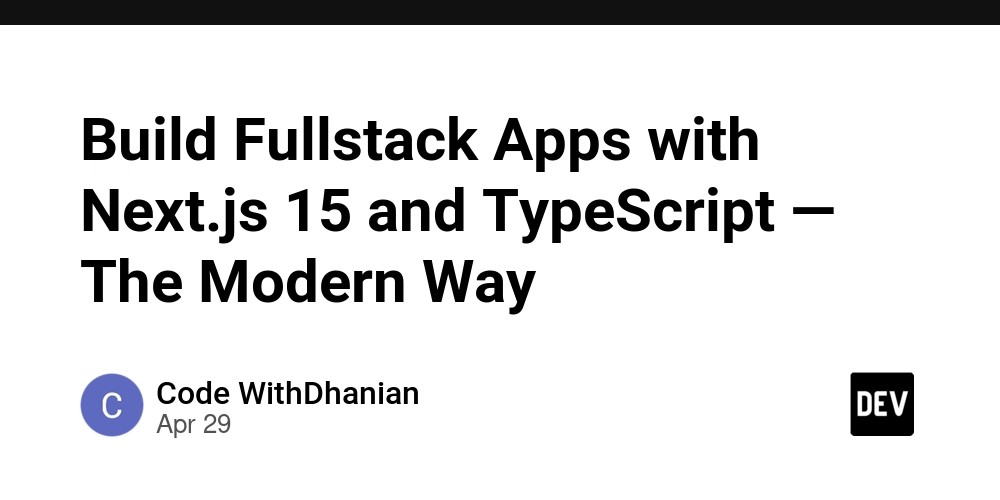


















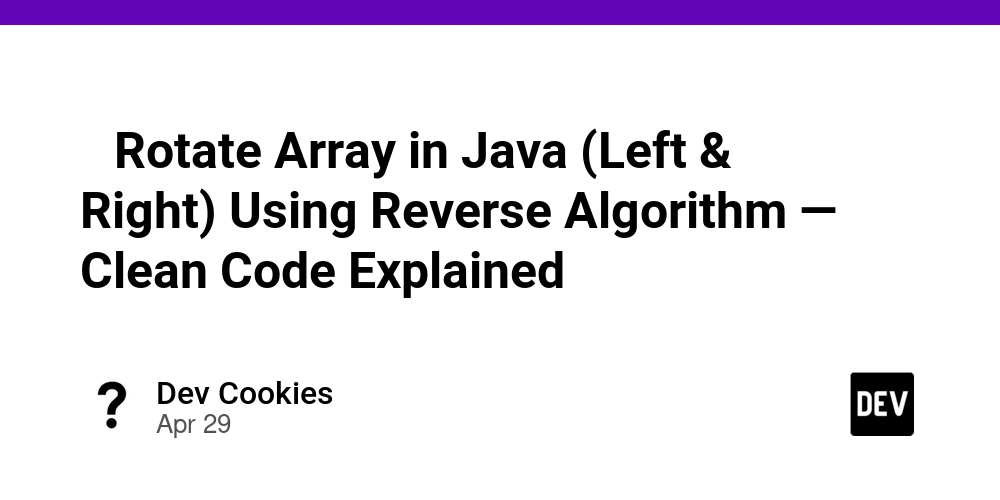
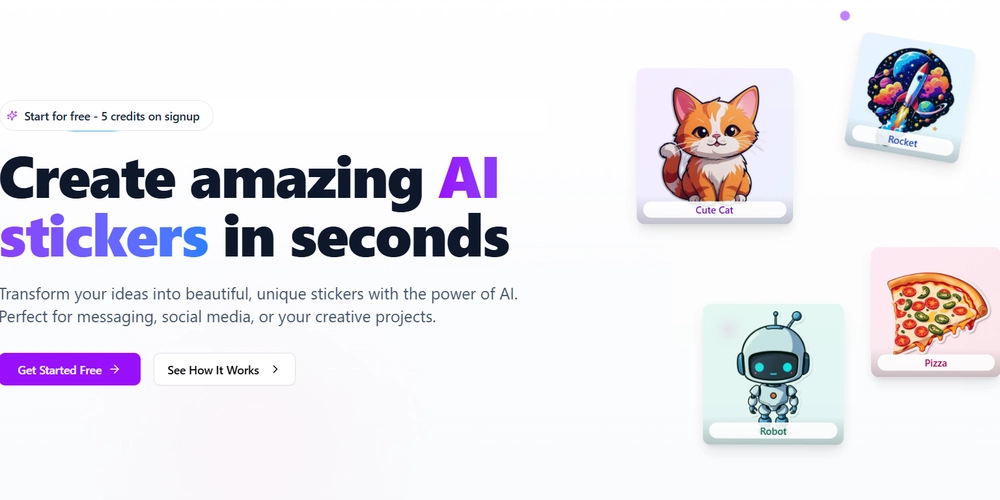












































































































.png?width=1920&height=1920&fit=bounds&quality=70&format=jpg&auto=webp#)






















_Vladimir_Stanisic_Alamy.jpg?width=1280&auto=webp&quality=80&disable=upscale#)



































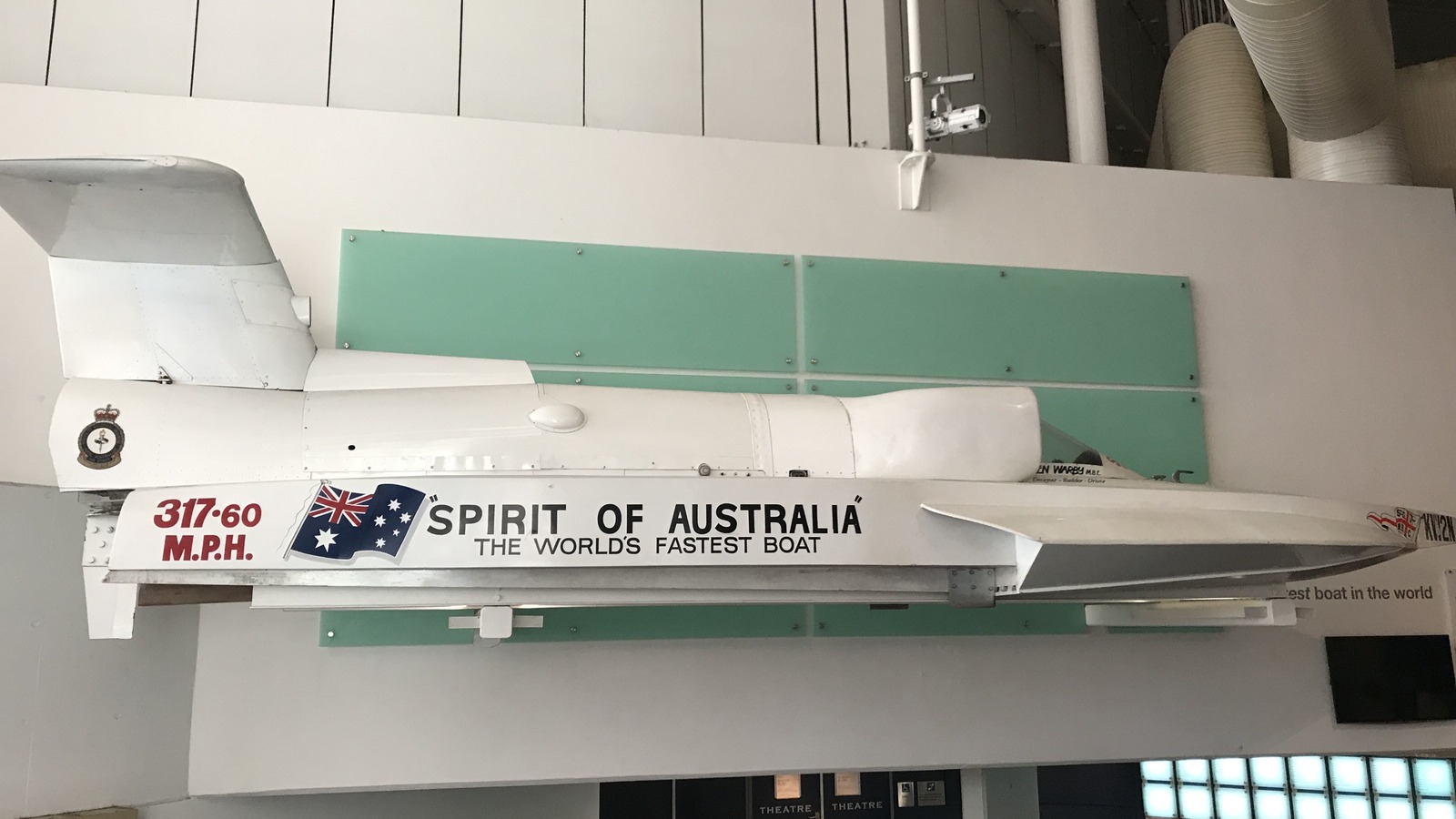









































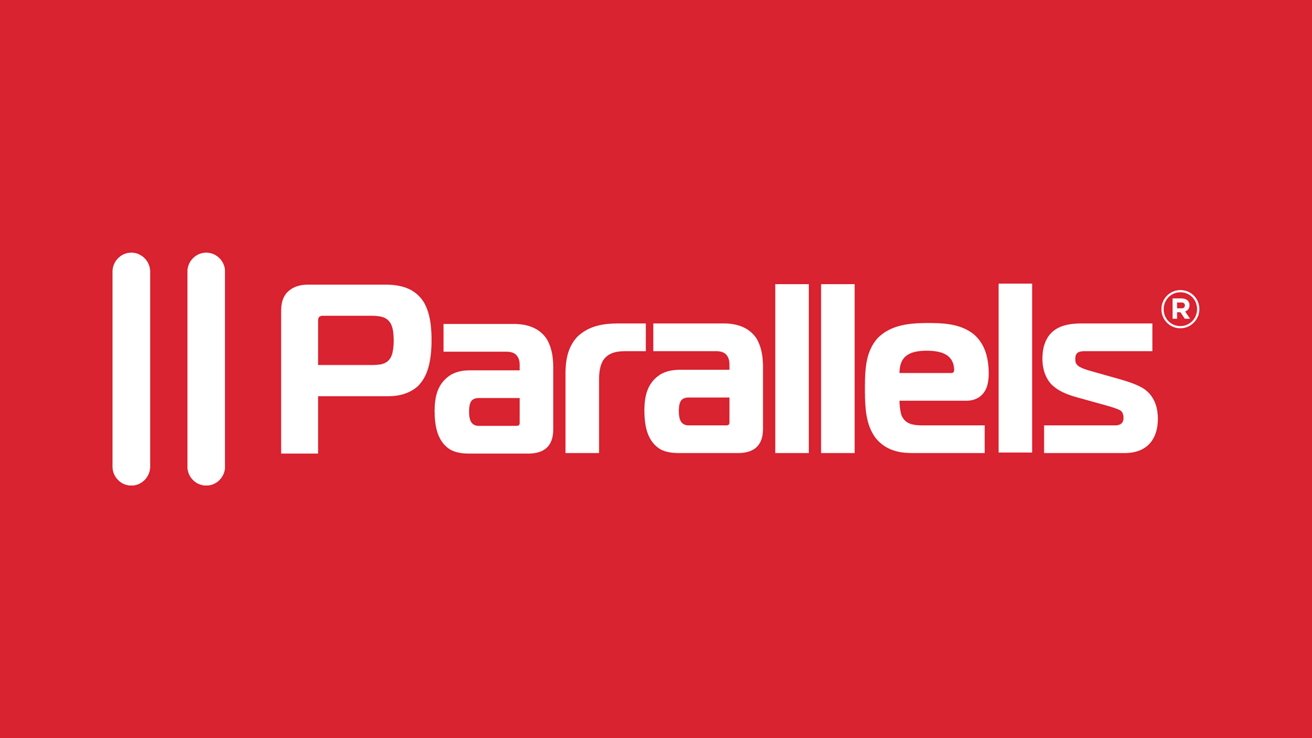

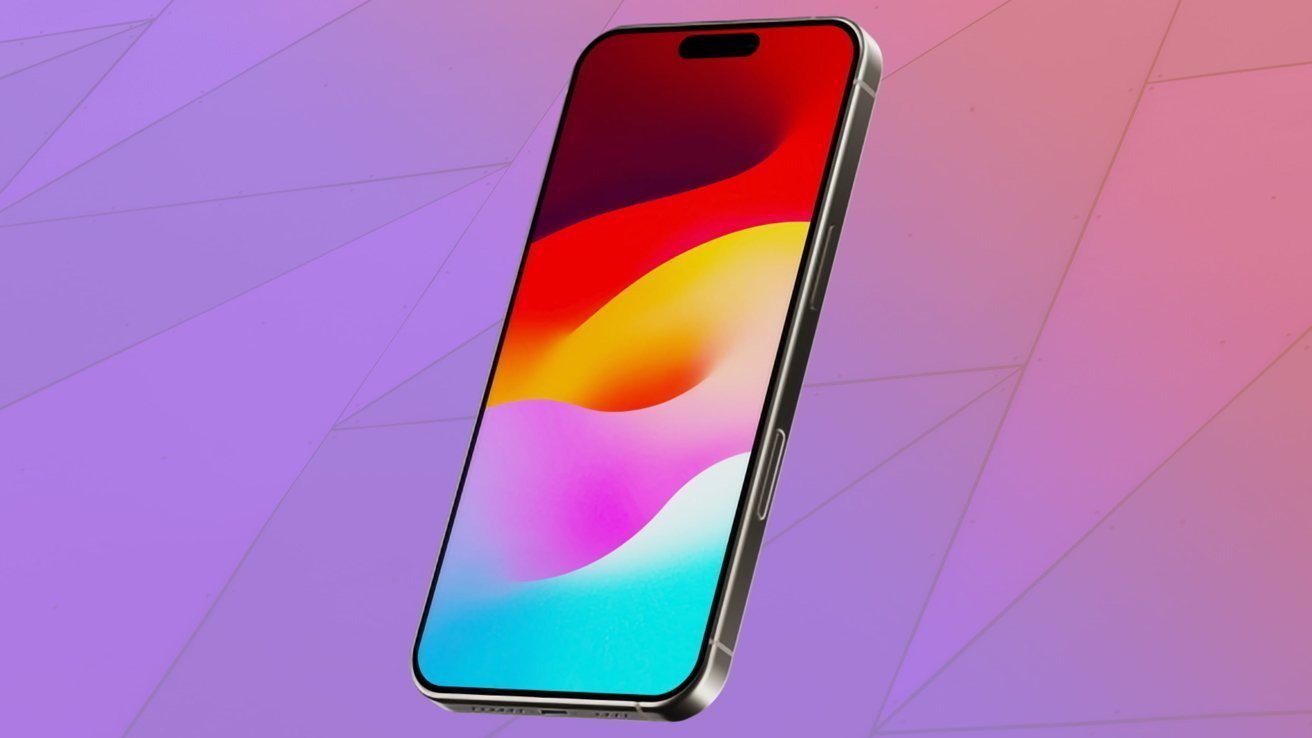
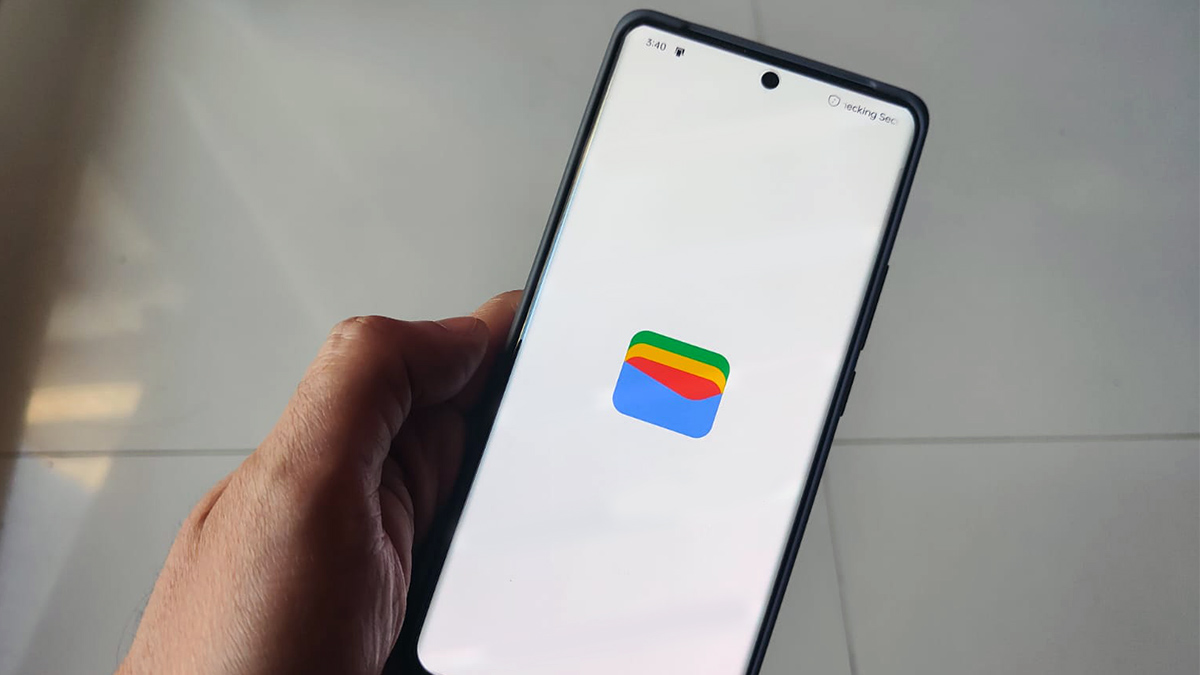
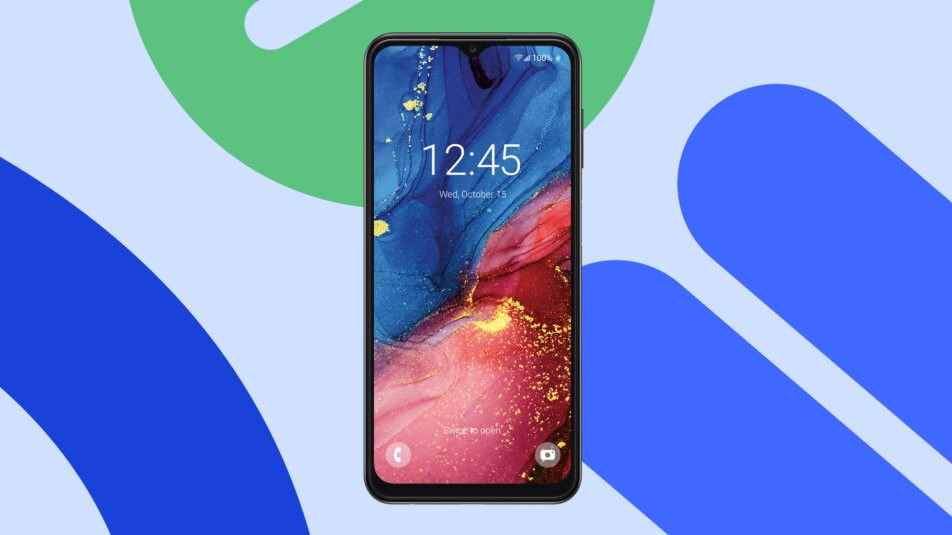
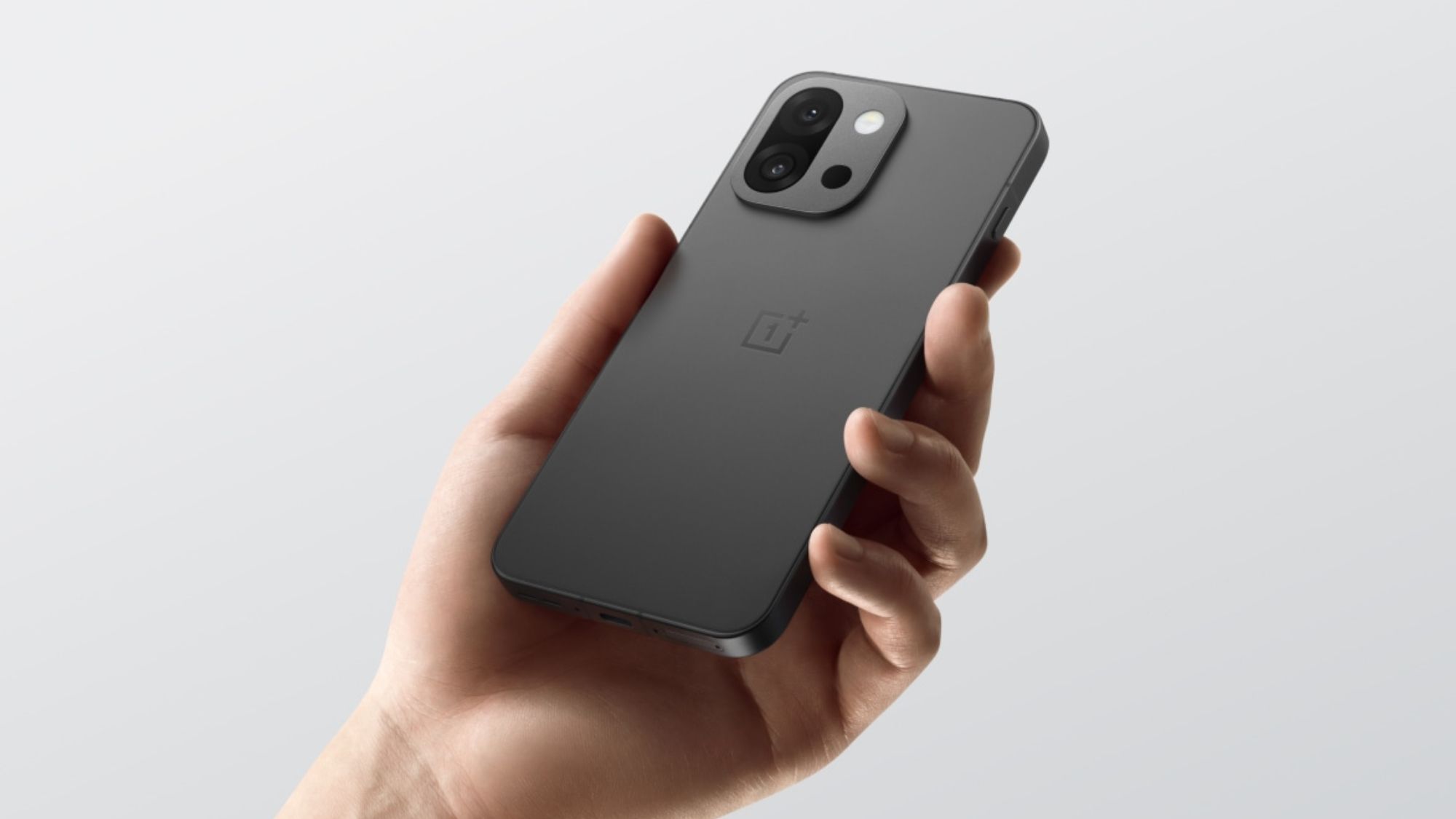

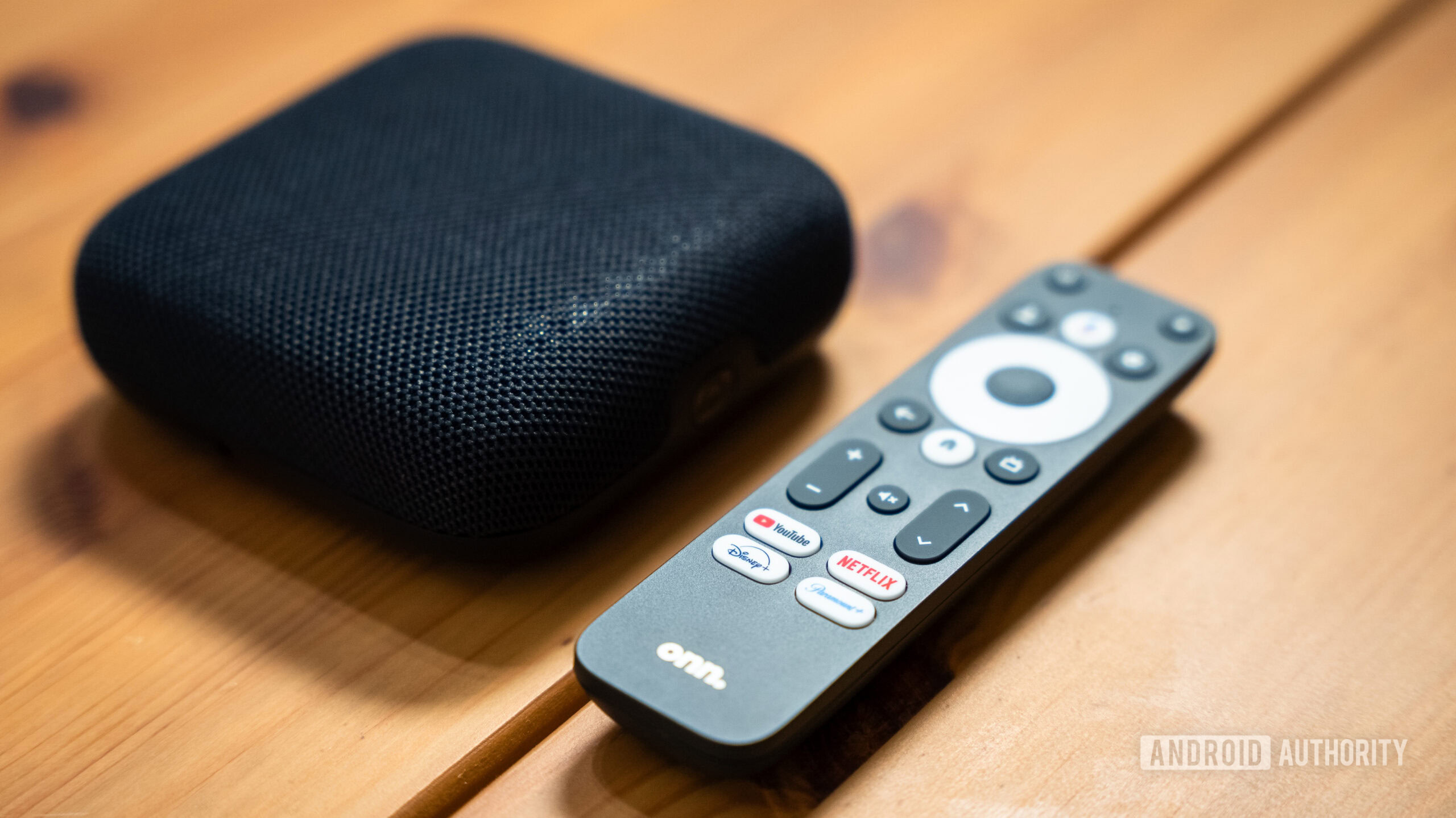
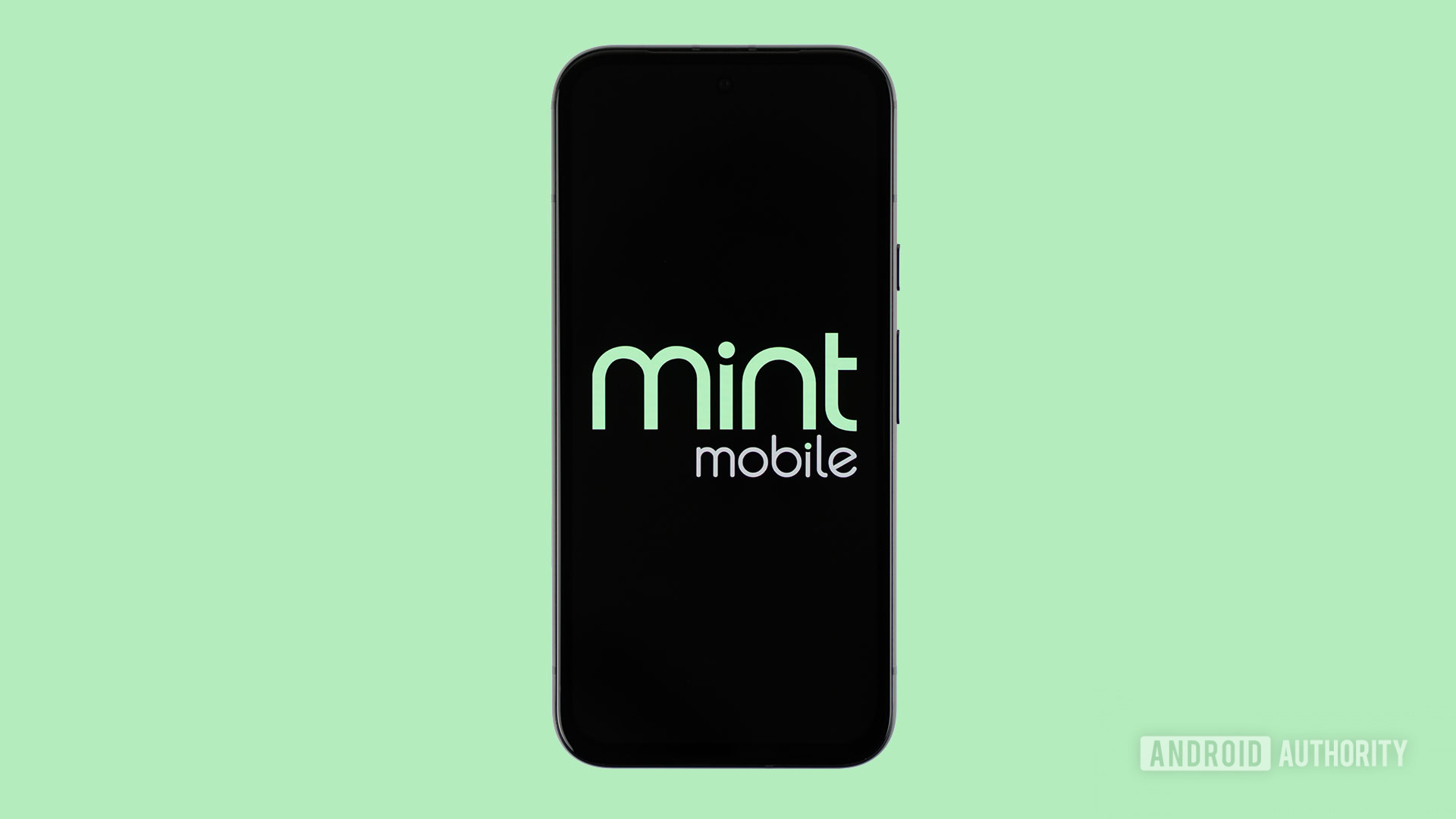
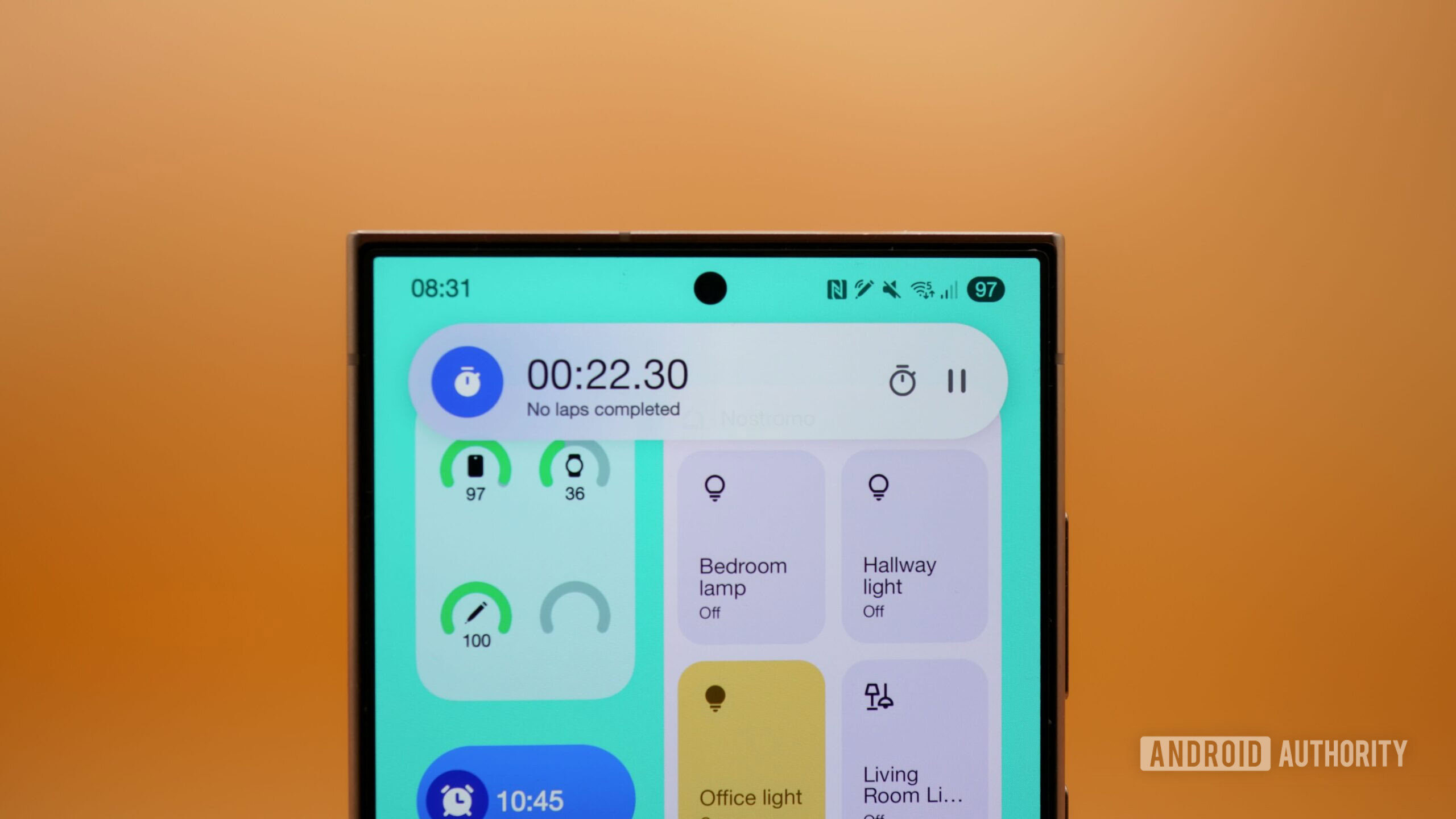
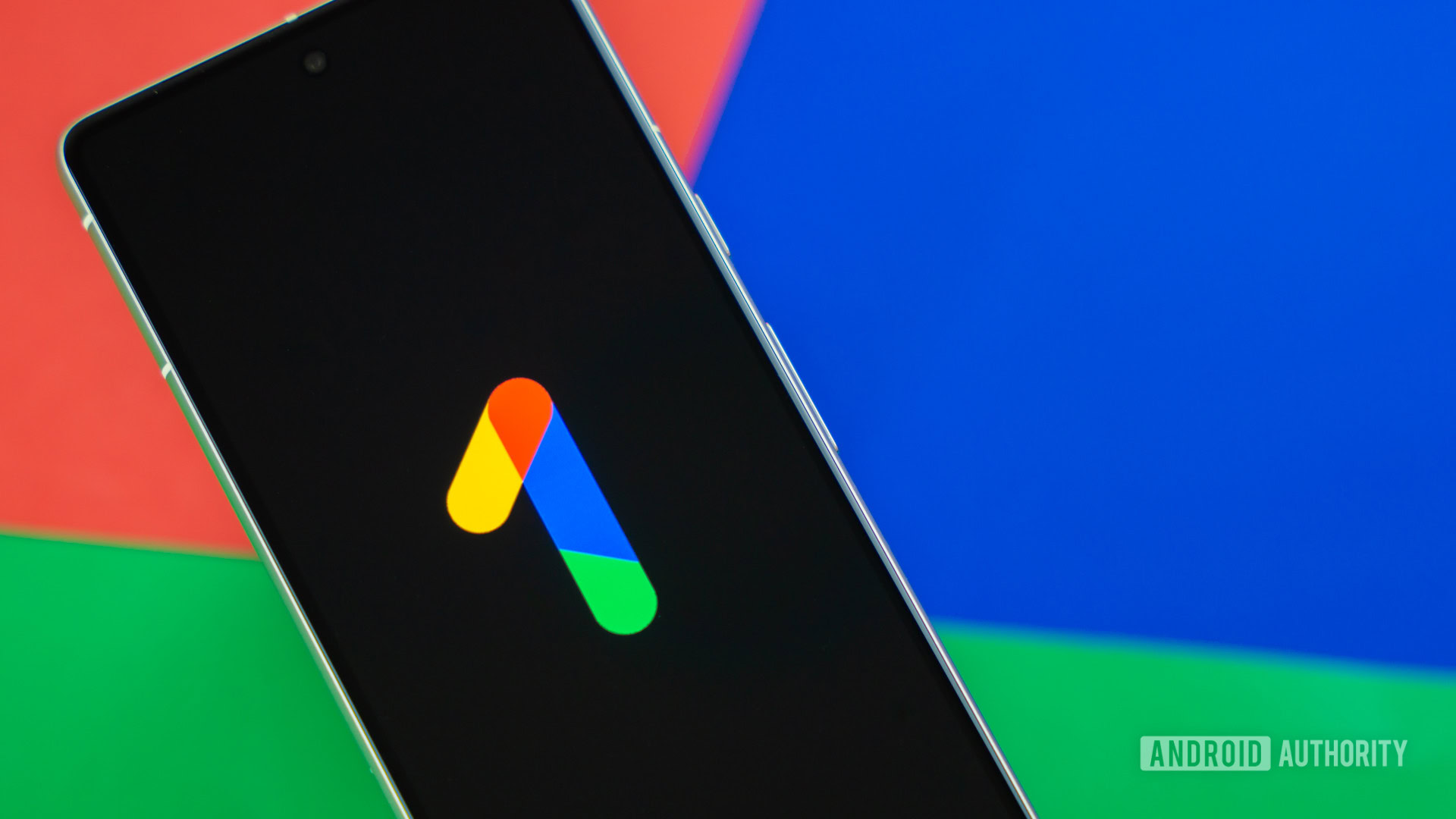

















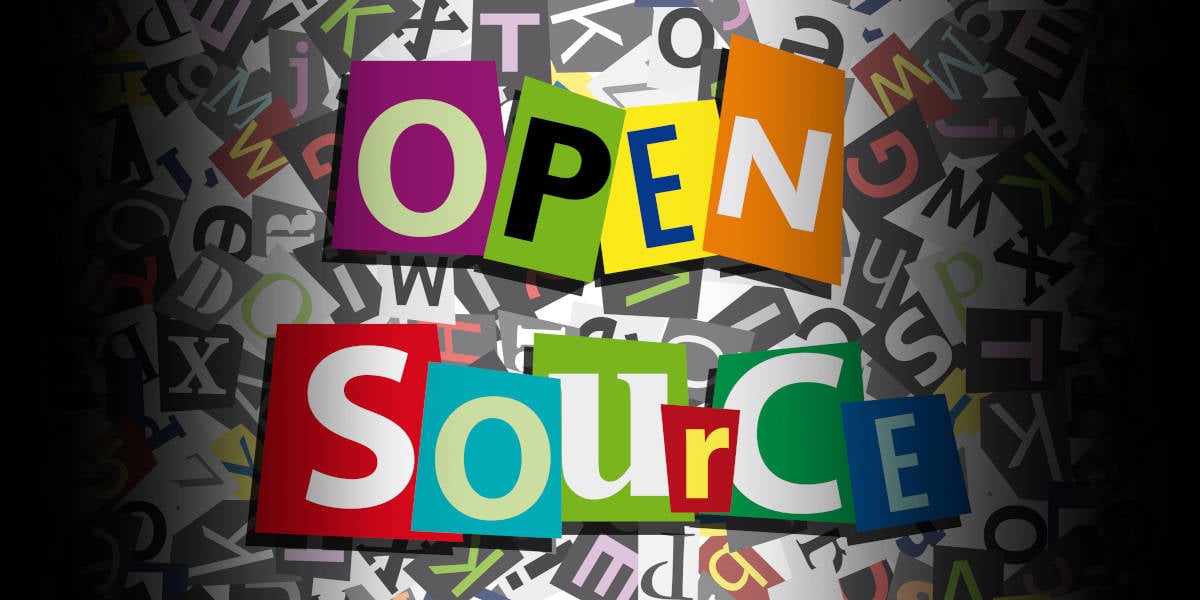
![Standalone Meta AI App Released for iPhone [Download]](https://www.iclarified.com/images/news/97157/97157/97157-640.jpg)

![AirPods Pro 2 With USB-C Back On Sale for Just $169! [Deal]](https://www.iclarified.com/images/news/96315/96315/96315-640.jpg)
![Apple Releases iOS 18.5 Beta 4 and iPadOS 18.5 Beta 4 [Download]](https://www.iclarified.com/images/news/97145/97145/97145-640.jpg)






































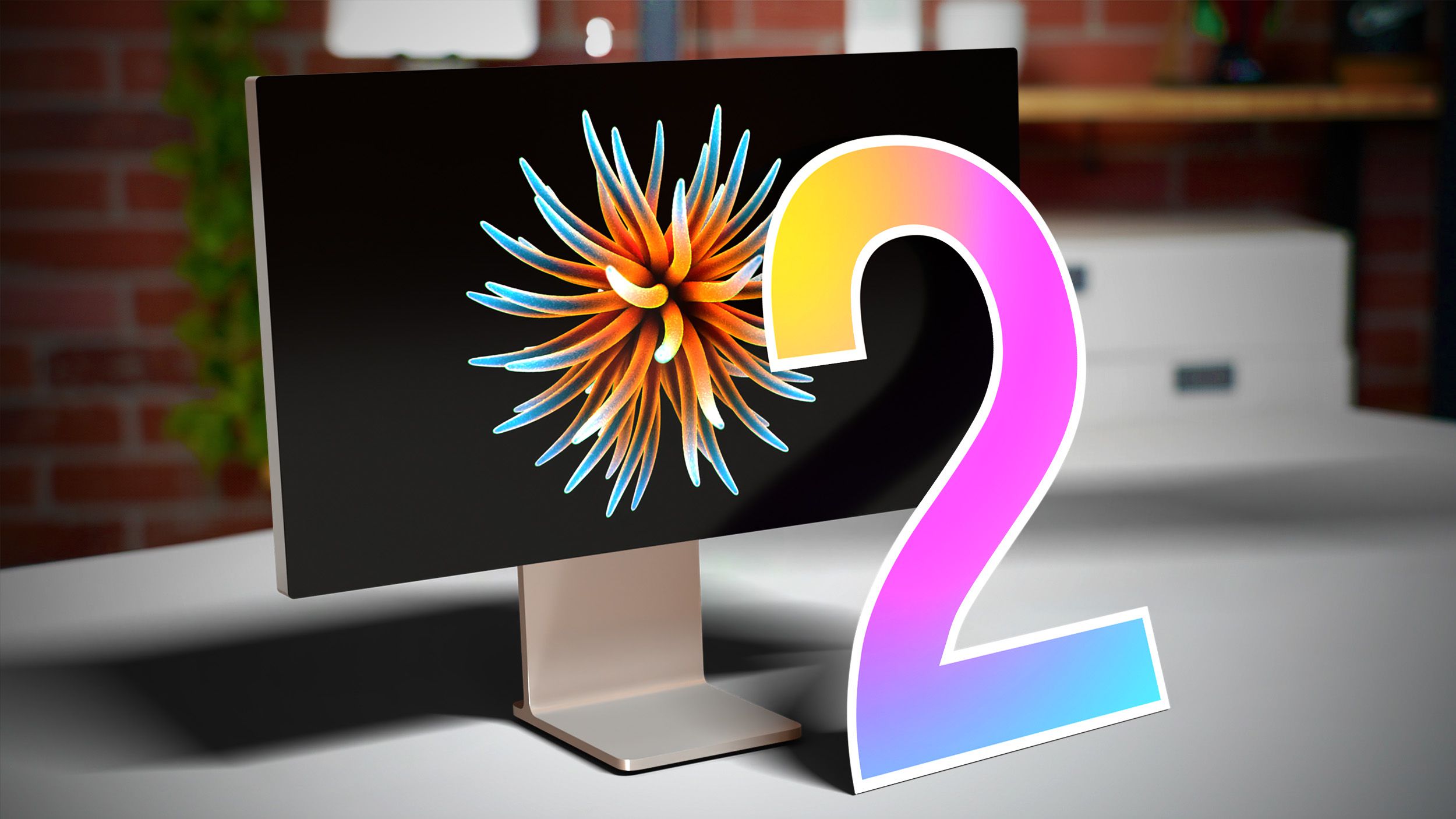








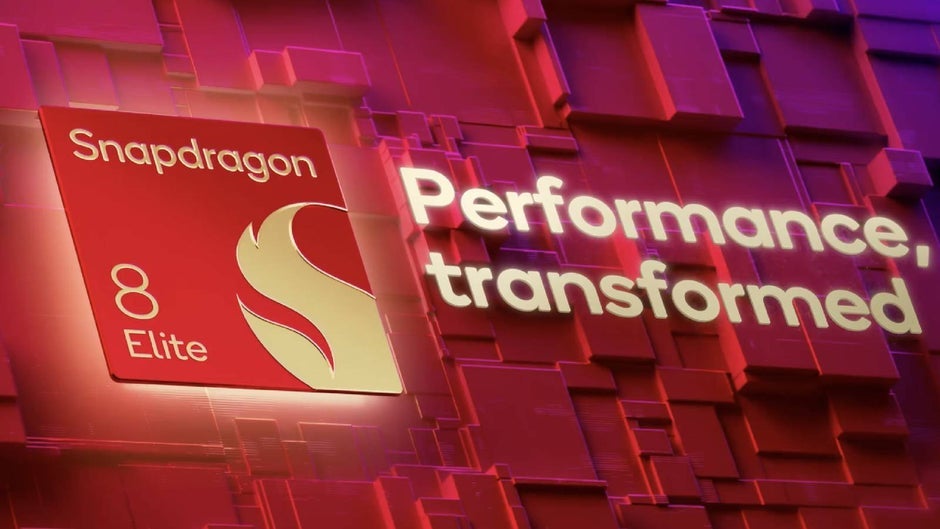
![Did T-Mobile just upgrade your plan again? Not exactly, despite confusing email [UPDATED]](https://m-cdn.phonearena.com/images/article/169902-two/Did-T-Mobile-just-upgrade-your-plan-again-Not-exactly-despite-confusing-email-UPDATED.jpg?#)
